
The United States Coast Guard’s Sentinel-class fast response cutters (FRCs) have emerged as a formidable presence in global deployments, surpassing the legacy Island-class patrol boats in size, sensors, weapons, and range.
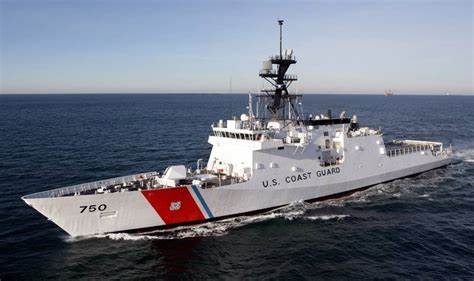
With 52 FRCs commissioned as of December 2022 and 13 additional hulls in the works, the Coast Guard’s FRCs not only offer significant upgrades but also present the Navy with an opportunity to capitalize on these cutters as potential missile patrol crafts in support of distributed maritime operations.

The FRC, boasting a higher tonnage and advanced capabilities than its predecessors, has already demonstrated its prowess through various expeditionary deployments.
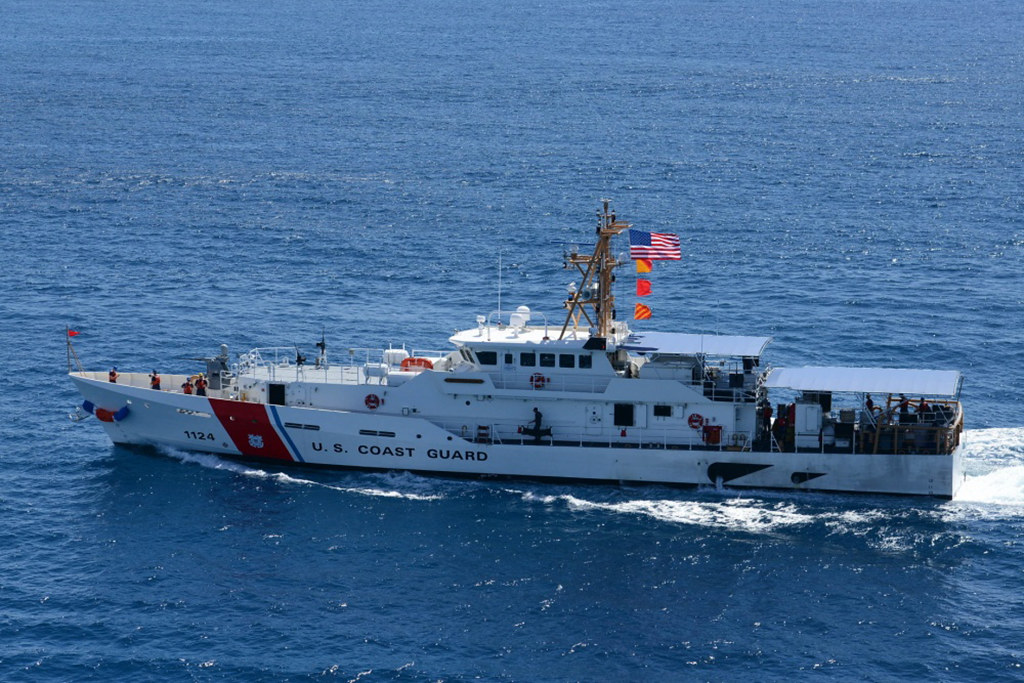
Since the commissioning of the first FRC, the Bernard C. Webber (WPC-1101), in April 2012, these cutters have conducted counterdrug operations seizing thousands of pounds of narcotics, reinforced international partnerships, and participated in multinational exercises from the Pacific to the Arctic.
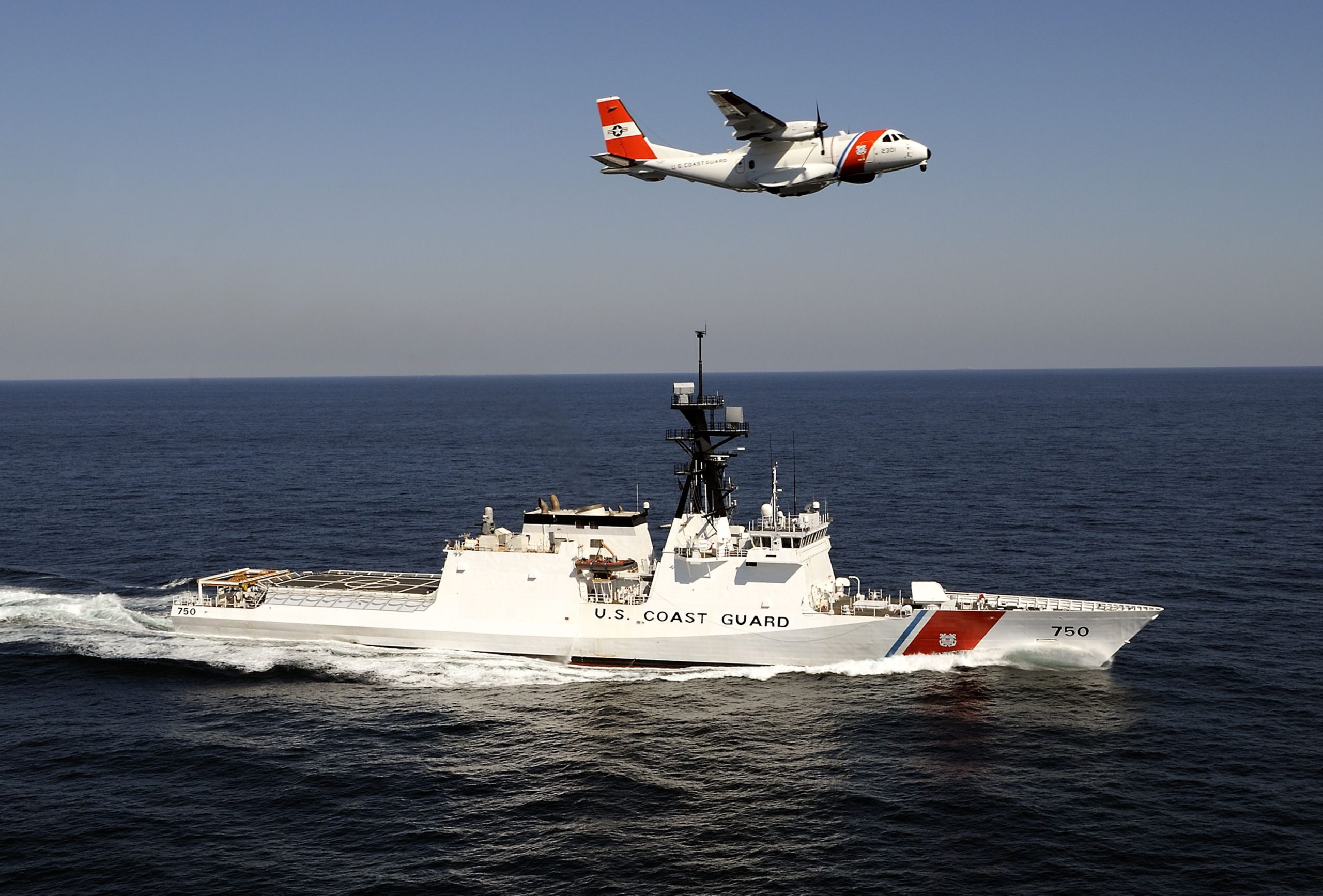
After meeting all requirements the cutter will be homported in Alameda, Ca.
U.S. Coast Guard photo by PAC Tom Sperduto
As the Coast Guard continues to showcase the FRC’s capabilities, the Navy’s interest in this platform for its fleet of missile patrol crafts is growing. The FRC’s design offers a stable, high-speed platform with impressive endurance, making it ideal for adaptation to a missile craft role.

Equipped with gyro-stabilized Mk 38 Mod 2 25-mm autocannons, .50-caliber machine guns, and enhanced sensor and communication packages, the FRCs have already shown versatility in weaponry and technology integration.
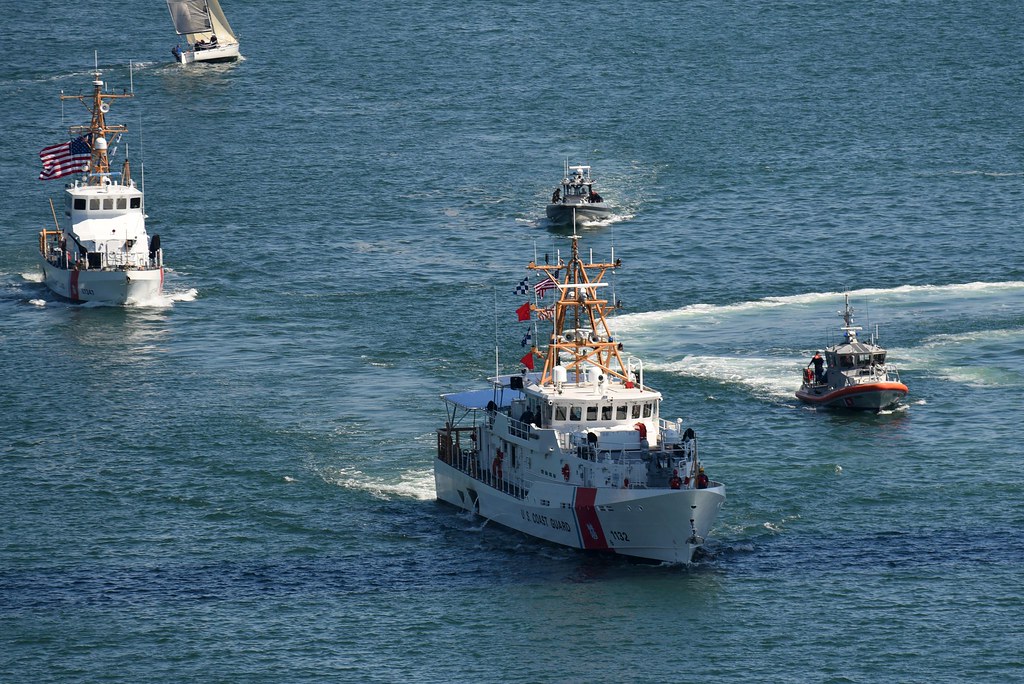
The deployment of the FRCs to Bahrain in 2020 highlights their expanded role in maritime security.

While they have effectively taken over from the Navy’s Cyclone-class patrol craft, operational commanders have successfully utilized these cutters for missions of up to 40 days in the northern Arabian Sea, interdicting illegal arms and narcotics.
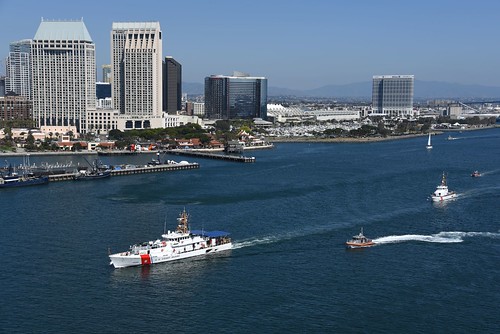
This demonstrates the FRC’s capacity for long-range assignments and its potential to be outfitted with additional weapons systems, such as the Naval Strike Missile, without compromising its core missions.

Despite their many strengths, extended deployments of the FRCs do come with inherent risks and logistical challenges, including crew fatigue, medical resource limitations, and the need for innovative solutions for food and fuel storage.

Mitigating these concerns, the Coast Guard has taken steps to ensure the sustainability of FRC operations through adjustments to work-to-rest ratios and the implementation of support teams during port visits.

The Navy’s consideration of the FRC as a missile patrol craft is not without precedent. The historical deployment of anti-ship missiles on Coast Guard cutters during Admiral Paul A. Yost’s tenure as Commandant reflects a time when cutters were armed for increased naval warfare capabilities.

Today’s geopolitical climate and technological advancements reignite the discussion of arming cutters with missiles.
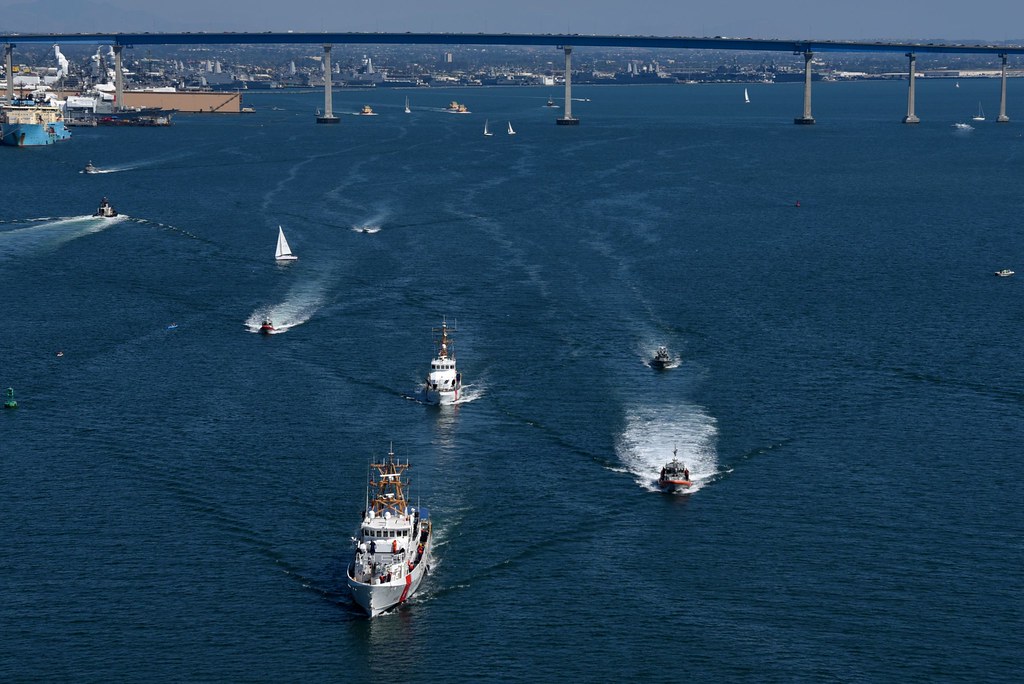
The FRC, with its hot production line and cost-effective profile, stands out as a prime candidate for the Navy’s shift towards distributed maritime operations.
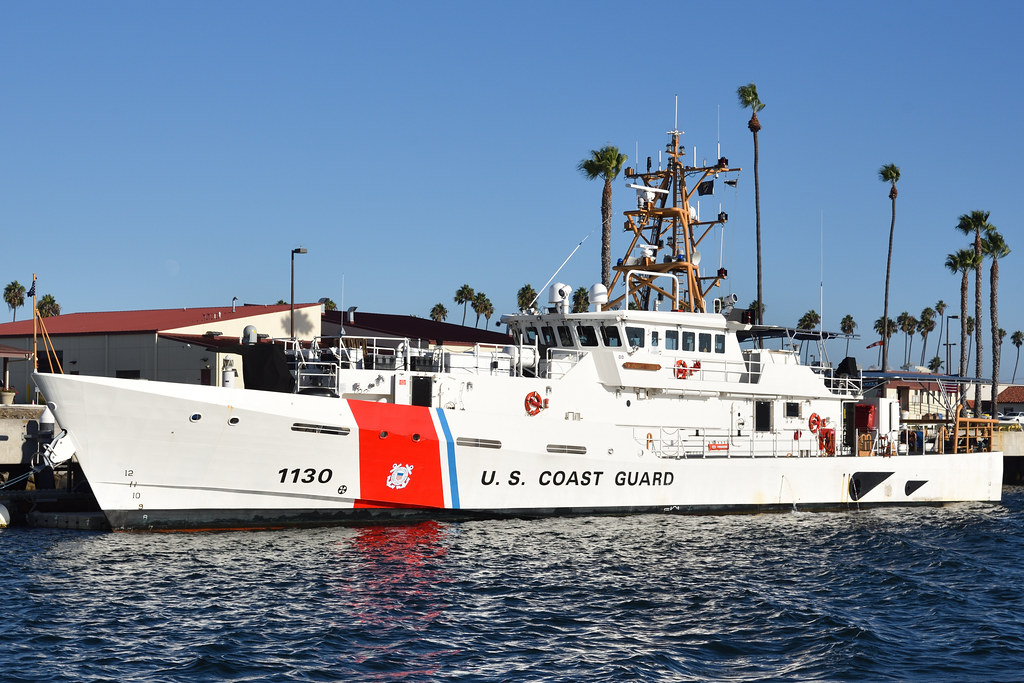
At a rate of four new FRCs per year with each costing approximately $65 million, the Navy could field a considerable number of missile-equipped FRCs in a short period for a fraction of the cost of larger combatants.
